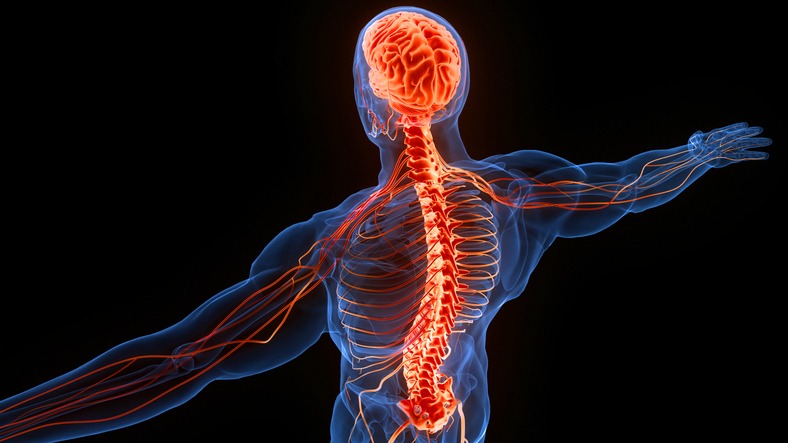It is amazing how the human body functions. Each part of the body has its task to contribute. As we’ve all know, our body consists of several systems and organs that have a specific function for us to grow, work, and perform many other actions.
Just looking at the human body would certainly show us its incredible structure. However, our physical appearances are only the tip of the iceberg when it comes to appreciating the beauty of our bodily structure.
Interestingly, the individual parts of our body, as well as other organisms, show more features that might catch our interest. Because of this, many scientists devote to the study of an organism’s structure and parts to gain more understanding of how a certain species functions. This field of study is called anatomy, which is one of the fundamental basic sciences used in medicine.
Furthermore, scientists and doctors commonly practice anatomy to build knowledge of the human body, which they would use to develop cures and methods for treating diseases, illnesses, and any other medical conditions.
Moreover, anatomy is one of the branches of science that took years of hardwork and countless studies to reach a concrete understanding of its principles. In this article, we are going to look into the more in-depth definition of anatomy. And mainly, what its history is.
What is Anatomy?
As mentioned earlier, anatomy is a branch of medical and health sciences devoted to the study of the structure of organisms and their parts. It serves as fundamental knowledge and one of the essential basic sciences used in medicine. It gives scientists and physicians a much clearer understanding of how the human body functions. And through it, scientists can analyze and produce cures for various human diseases and illnesses.
Anatomy does not only focus on studying the human body but also in other organisms, mainly animals. The study of various organisms helps us gain more knowledge of how our ecosystem functions, which is a way for us to promote the preservation of our environment.
Moreover, there are also other fields of study, which branch out from anatomy. These branches of anatomy cover more specific topics about the structures of various organisms.
- Superficial or surface anatomy –from the name itself, it focuses on the study of anatomical landmarks that are visible on the surface features of the body. This branch of anatomy allows physicians to have a clearer understanding of the deeper structures’ position.
- Comparative anatomy –is a branch of anatomy devoted to the comparison of anatomical structures in various animals.
- Artistic anatomy – is a special field of anatomy, which focuses on anatomic studies for artistic reasons.
What is the origin of anatomy?
We can trace back the origins of anatomy to 1600 BCE when the earliest writings related to the human body structure existed. During this time, an Ancient Egyptian medical text called the Edwin Smith Papyrus showed a description of the human heart, as well as other organs found in the body.
Anatomy was a main field of study during ancient times up to the medieval ages since early scientists and physicians used it to develop various cures and techniques to treat different medical conditions. This period made a significant impact on the advancement of anatomy since many scientists contributed to its development, which led to the understanding of the brain, eye, liver, reproductive organs, and nervous system.
A breakthrough in the development of anatomy was made in the Hellenistic city of Alexandria, wherein it was the home for the biggest library for medical records in the world during the period of ancient civilizations. It was also the place where the two great anatomists and physiologists named Herophilus and Erasistratus made their remarkable contributions in the development of anatomy.
One of the most significant works of Herophilus and Erasistratus was the earliest form of human dissection, wherein historians consider them as pioneers in this field. Their works became a great influence on the advancement of anatomy, which helped build knowledge of the structure of the human body.
Over the years, scientists continue to observe the anatomical structures of humans, as well as other organisms. Interestingly, our modern world already reached a very advanced stage, and our experts already have a much deeper understanding of how our body works.
